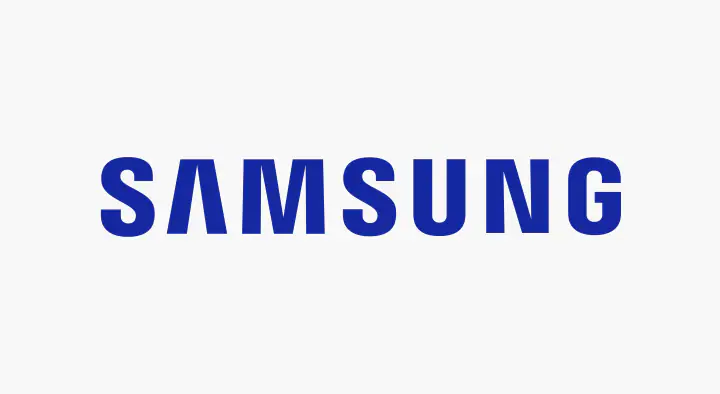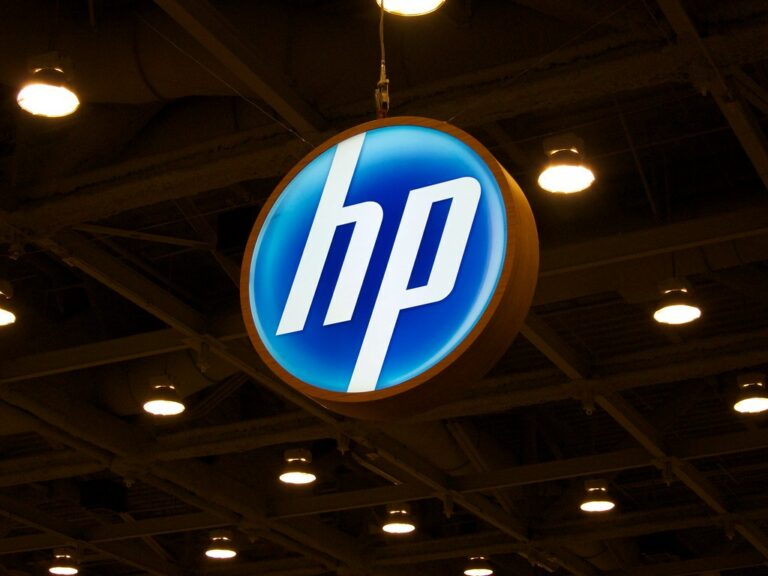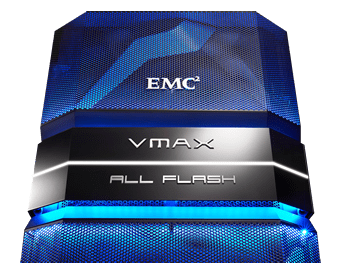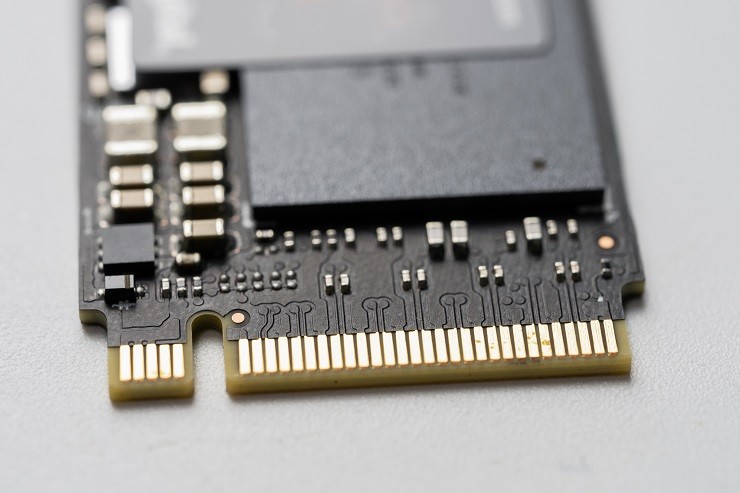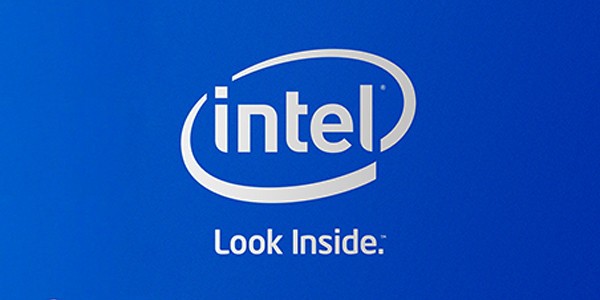Tegile Systems, a Newark, Calif.-based provider of flash-enabled storage systems, has added a new component that speeds SQL Server database workloads to its Metadata Accelerated Storage System (MASS) platform.
Called FlashVols, the technology essentially grants mission critical applications unfettered access to DRAM or solid-state drives (SSDs) on the company’s Zebi hybrid storage arrays. In a statement, Tegile explained that the technology “pins” volumes to SSDs “so applications run at maximum performance without the potential delay due to caching algorithms or tiering policies.”
The company debuted its Zebi arrays when the company emerged from stealth nearly two years ago. The hardware combines DRAM, SSDs, traditional hard drives and the company’s MASS software foundation to cut NAS and SAN storage requirements by up to 75 percent.
Tegile was one of two hybrid storage startups to emerge from stealth within the same week in February 2012, and the only one to survive. Starboard Storage, which offered hybrid arrays aimed at SMBs, shuttered its doors late last year. Competitors include Fusion-io, which snapped up NexGen for $119 million in April 2013, and Nimble Storage.
Tegile claims that FlashVols can deliver improved SQL performance without adding more work for database pros. “Pinned volumes remain in DRAM or flash close to the SQL Server without any involvement from the DBA administrator for ultimate ease of use.”
FlashVols work in combination with the company’s existing de-duplication and compression capabilities to ease the storage burden on medium to large enterprises while maintaining DRAM and flash-boosted levels of performance, said the company. Those claims translate into reality, Larry Chestnut, a senior architect with business intelligence and data management specialist Scalability Experts.
“During our Microsoft FastTrack Data Warehouse testing, we saw latencies in the 1-10 millisecond range which is in line with what one would expect from an all-flash array,” said Chestnut in a statement. Tegile’s use of eMLC NAND flash should put reliability concerns to rest. “Each SSD drive in the system can withstand 3.5 petabytes of write data before you may start to see signs of write wear,” added Chestnut.
Microsoft also lent a hand. Rob Commins, Tegile vice president of marketing, said his company engaged with the software giant to “to optimize performance and reduce the cost of SQL Server storage by eliminating the need to create multiple copies of the same data necessary to deliver the required IOPs.” The result is time and storage capacity savings in test, development and production implementations, he added.
Pedro Hernandez is a contributing editor at InfoStor. Follow him on Twitter @ecoINSITE.


